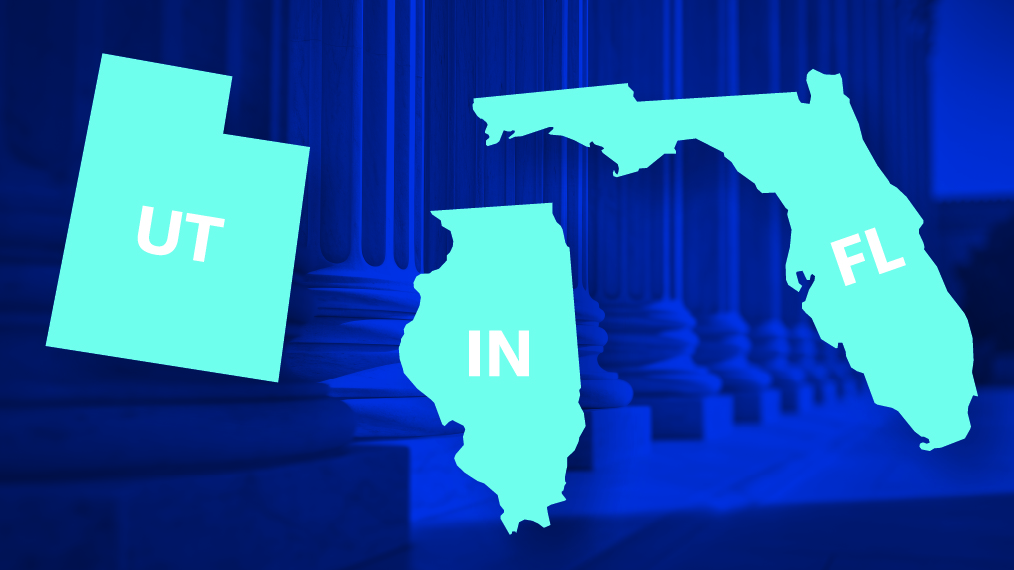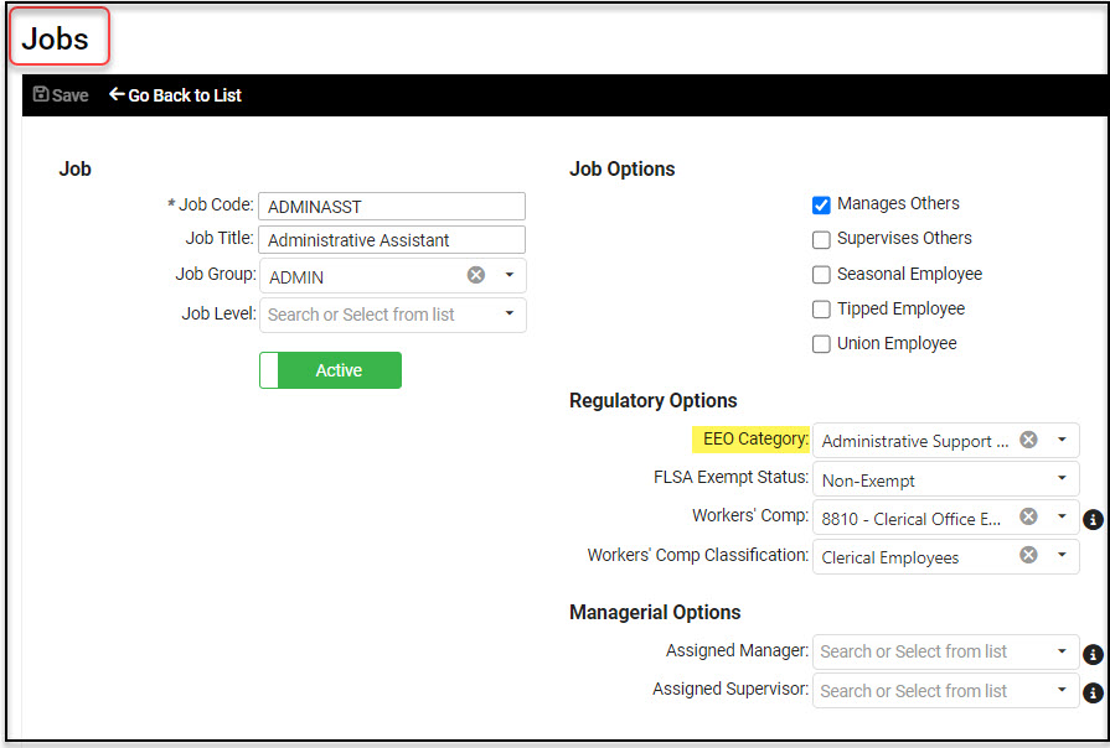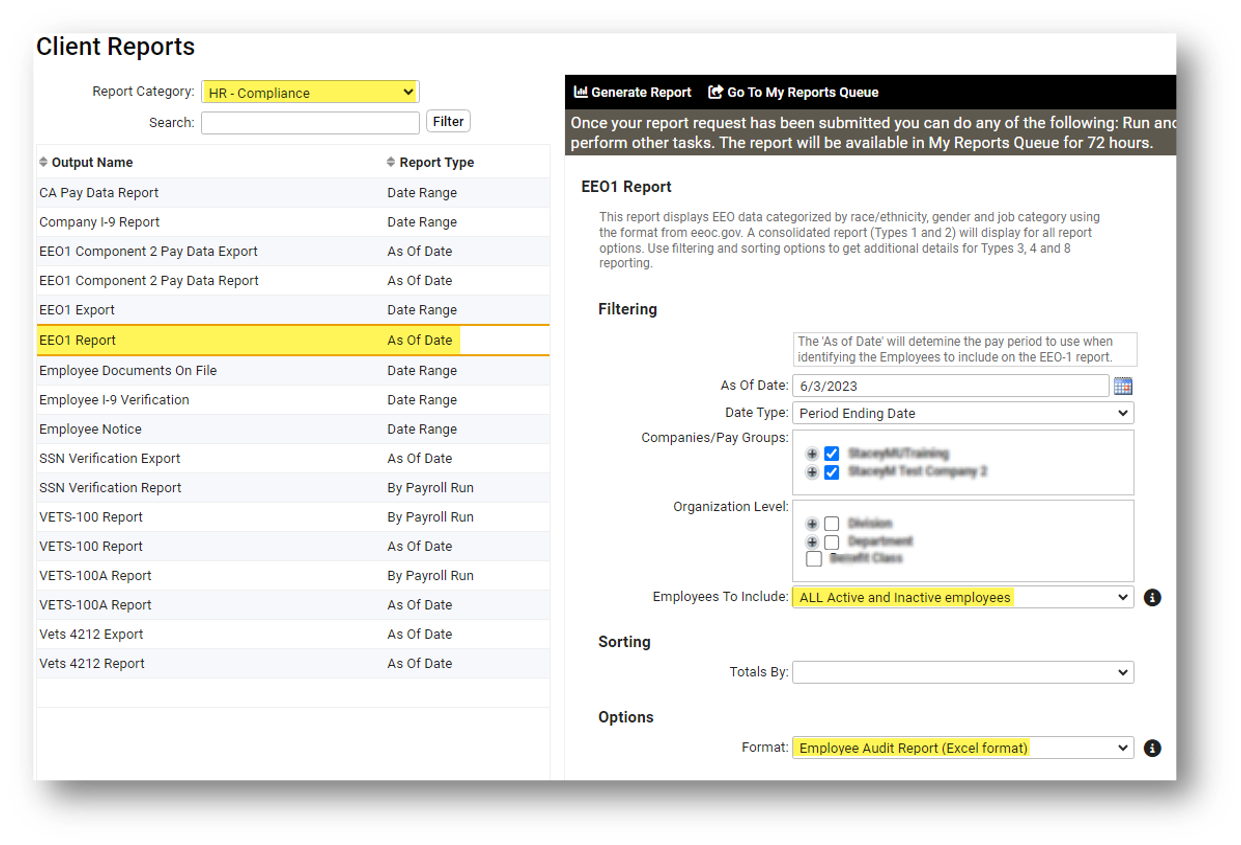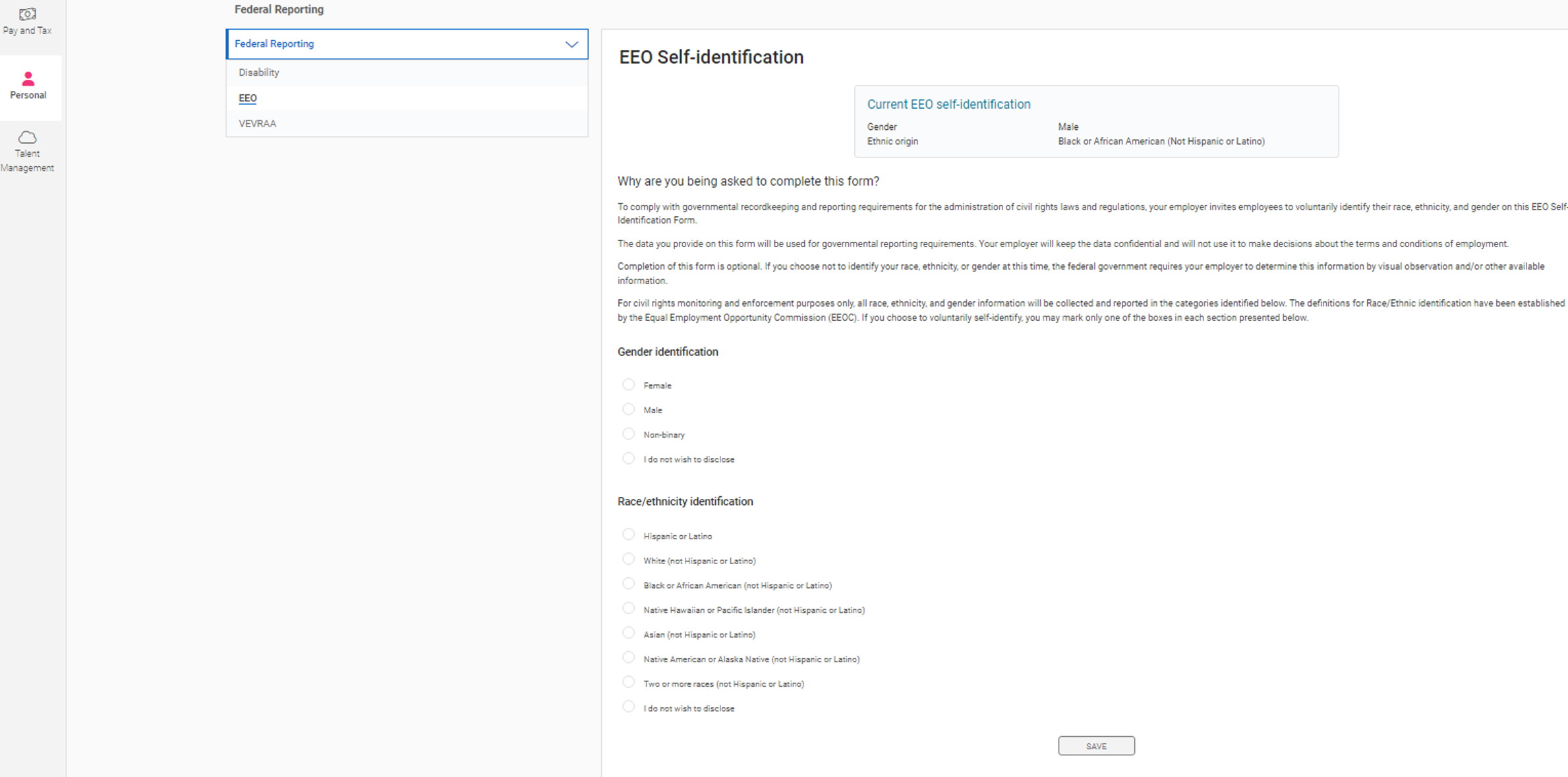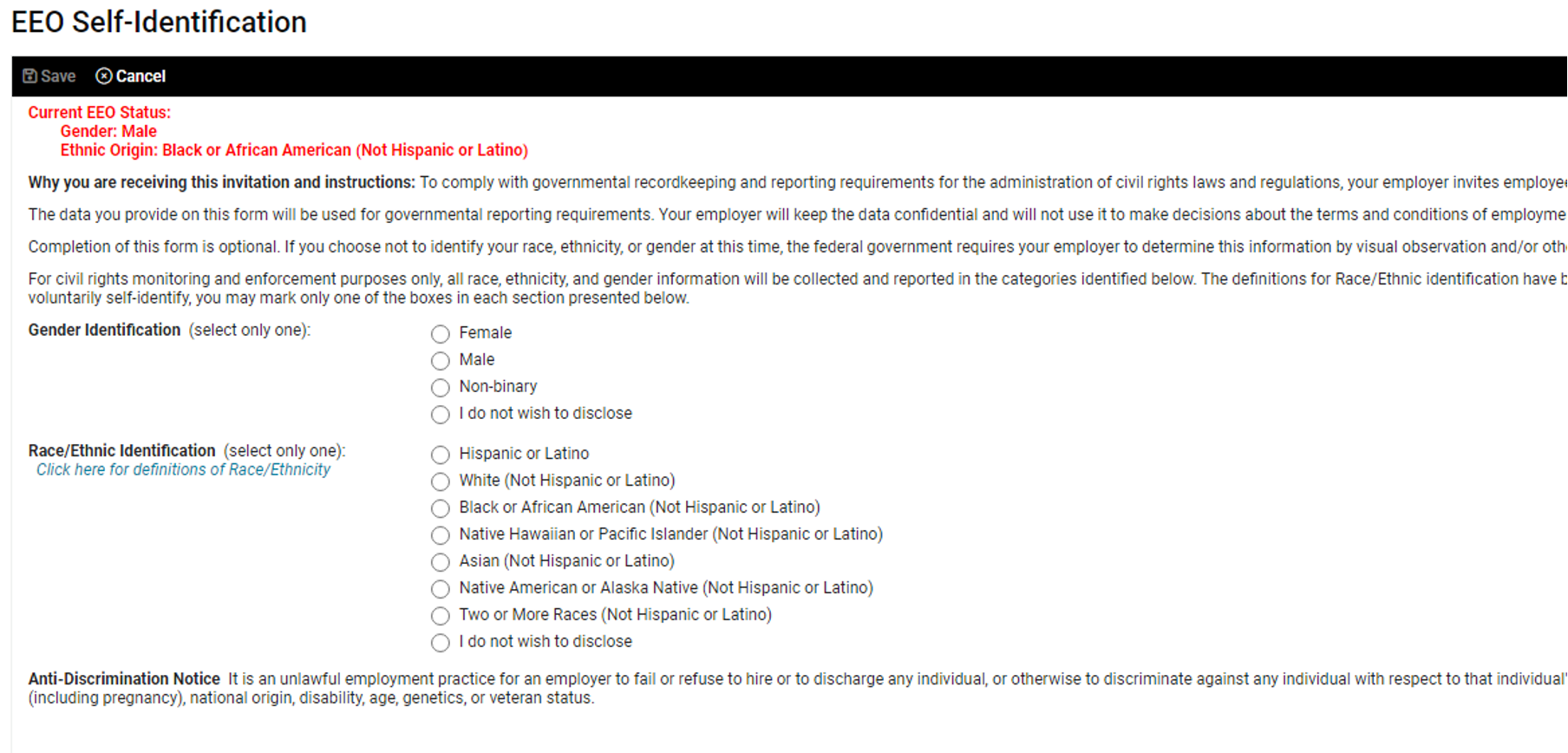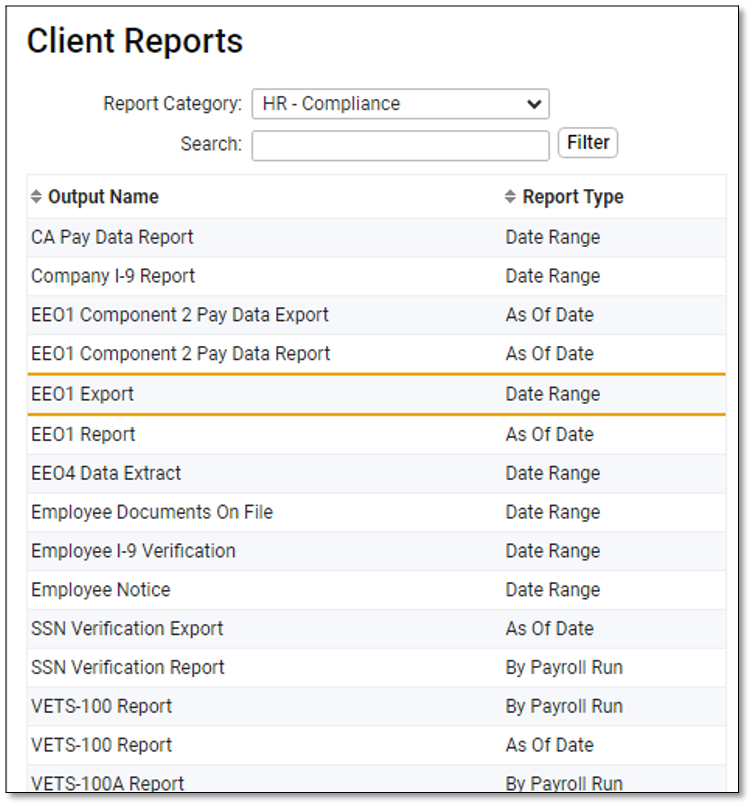The FLSA overtime rule decides whether employees qualify or do not qualify for overtime pay. Employees who are exempt do not get overtime pay for hours worked over 40 in a workweek because of their type of work and how much they are paid. Employees who are nonexempt must be paid one-and-a-half times their regular rate for any hours worked above 40 in a workweek.
On April 23, 2024, the Department of Labor issued a final rule that raised the salary-level threshold for white-collar exemptions from $684 a week to $844 a week, starting from July 1, 2024, and then to $1,128 a week, starting from Jan. 1, 2025. The final rule is expected to give overtime protections to about 4 million workers who are not currently covered under federal law.
An employee’s salary level alone does not determine their exemption from overtime pay; their main job responsibilities must also fall under the executive, administrative or professional categories outlined by the rules.
Under the April 2024 final rule:
- The overtime rule increases the standard salary threshold levels in two stages. Workers who make less than $43,888 annually ($844 a week) by July 1, 2024, would qualify for overtime pay, regardless of their manager or professional status. The salary-level threshold goes up to $58,656 a year ($1,128 a week) by Jan. 1, 2025. The salary threshold adjusts automatically every three years.
- Up to 10% of the standard salary level can be met by nondiscretionary bonuses and incentive payments (including commissions) that are paid yearly or more often.
- To qualify as highly compensated employees under the special rule, workers would need to make a total annual pay of at least $151,164 (with a minimum of $1,128 paid every week on a salary or fee basis).
- The final rule is effective in phases, with one effective date of July 1, 2024, and a second effective Jan. 1, 2025.
Read more at Biden-Harris administration finalizes rule to increase compensation thresholds for overtime eligibility, expanding protections for millions of workers | U.S. Department of Labor (dol.gov) and the HR Resource Center DOL Increases Exempt Employee Minimum Salaries.
The information provided here is intended for informational purposes only and should not be construed as legal advice. While every effort has been made to ensure the accuracy of the information, it is not guaranteed to be correct, complete or up to date. Legal matters often have specific individual circumstances that affect the appropriate course of action. As such, we strongly recommend consulting with a qualified legal professional for any legal advice pertaining to your situation.


